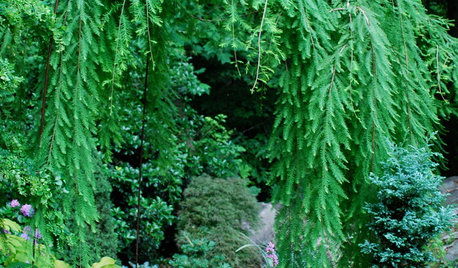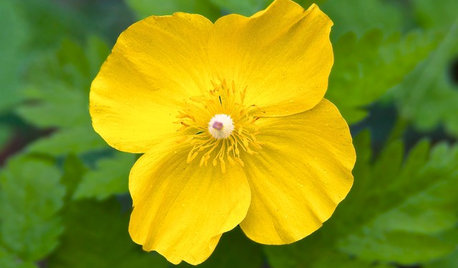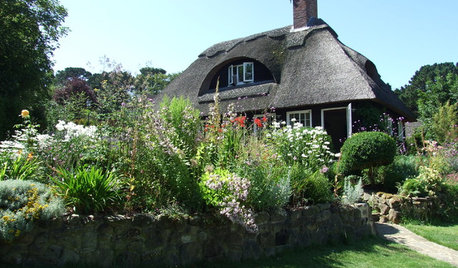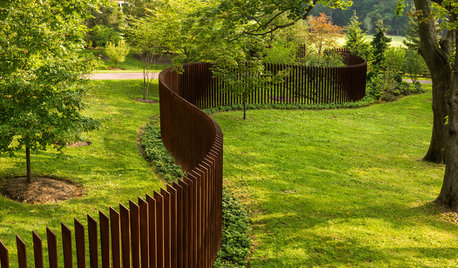Invasive Willow
leighmn
16 years ago
Featured Answer
Comments (13)
leighmn
16 years agoRelated Professionals
Otsego Landscape Architects & Landscape Designers · Brentwood Landscape Contractors · Ashburn Landscape Contractors · Beverly Hills Landscape Contractors · Columbine Landscape Contractors · Costa Mesa Landscape Contractors · Fishers Landscape Contractors · Longmont Landscape Contractors · Pahrump Landscape Contractors · Paso Robles Landscape Contractors · Pompton Lakes Landscape Contractors · Royal Oak Landscape Contractors · Seminole Landscape Contractors · Vineyard Landscape Contractors · Camp Springs Landscape Contractorsjohn_w
16 years agoleftwood
16 years agoheleninramsey
16 years agoizzy58
16 years agoleighmn
16 years agoleftwood
16 years agomimi_stpaul
16 years agoleftwood
16 years agoleighmn
16 years agoleftwood
16 years agoRick Games
7 years ago
Related Stories

LANDSCAPE DESIGNThe Weepers and the Creepers: 10 Intriguing Trees for Your Garden
Bring something a little different to your landscape with a tree that dives, twists or crawls
Full Story
GARDENING GUIDESGarden-Friendly Native Alternatives to Overplanted Exotics
There are lots of gorgeous, wildlife-friendly native plants ready to make an appearance in your garden
Full Story
GARDENING GUIDESGreat Design Plant: Stylophorum Diphyllum
Appalachian native celandine poppy’s flowers and foliage combine to brighten a woodland garden well into summer
Full Story
LANDSCAPE DESIGNGreat Design Plant: Lively Fountain Grass Thrives Just About Anywhere
Enjoy fountain grass for its exuberant form, long-lasting color and texture for borders and more
Full Story
GARDENING AND LANDSCAPINGGrow a Lush Privacy Screen
No need to wait forever for patio privacy the green way. These 10 ideas will get your screening up and running in no time
Full Story
LANDSCAPE DESIGNThe 7 Best Plant Types for Creating Privacy and How to Use Them
Follow these tips for using different kinds of plants as living privacy screens
Full Story
LANDSCAPE DESIGNHow to Create a Cottage-Style Garden
If you like an abundance of plants — and visits from birds, bees and butterflies — this may be the style of yard for you
Full Story
TREES11 Japanese Maples for Breathtaking Color and Form
With such a wide range to choose from, there’s a beautiful Japanese maple to suit almost any setting
Full Story
FENCES AND GATES12 Delightfully Different Garden Walls and Fences
If pickets seem picked over and you shrink from chain link, try these full-of-personality fencing alternatives
Full Story
FALL GARDENING6 Trees You'll Fall For
Don’t put down that spade! Autumn is the perfect time for planting these trees
Full Story





Julie